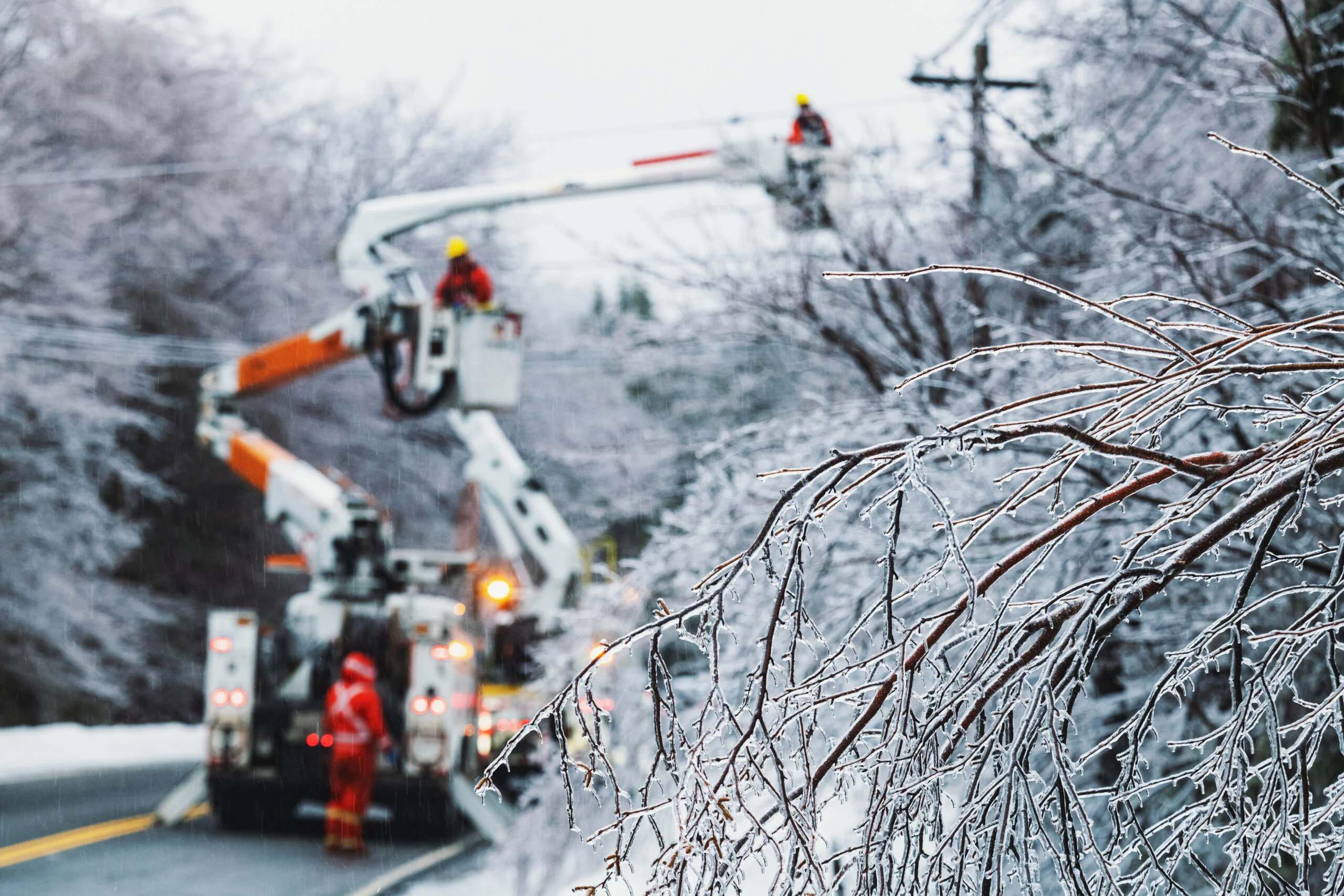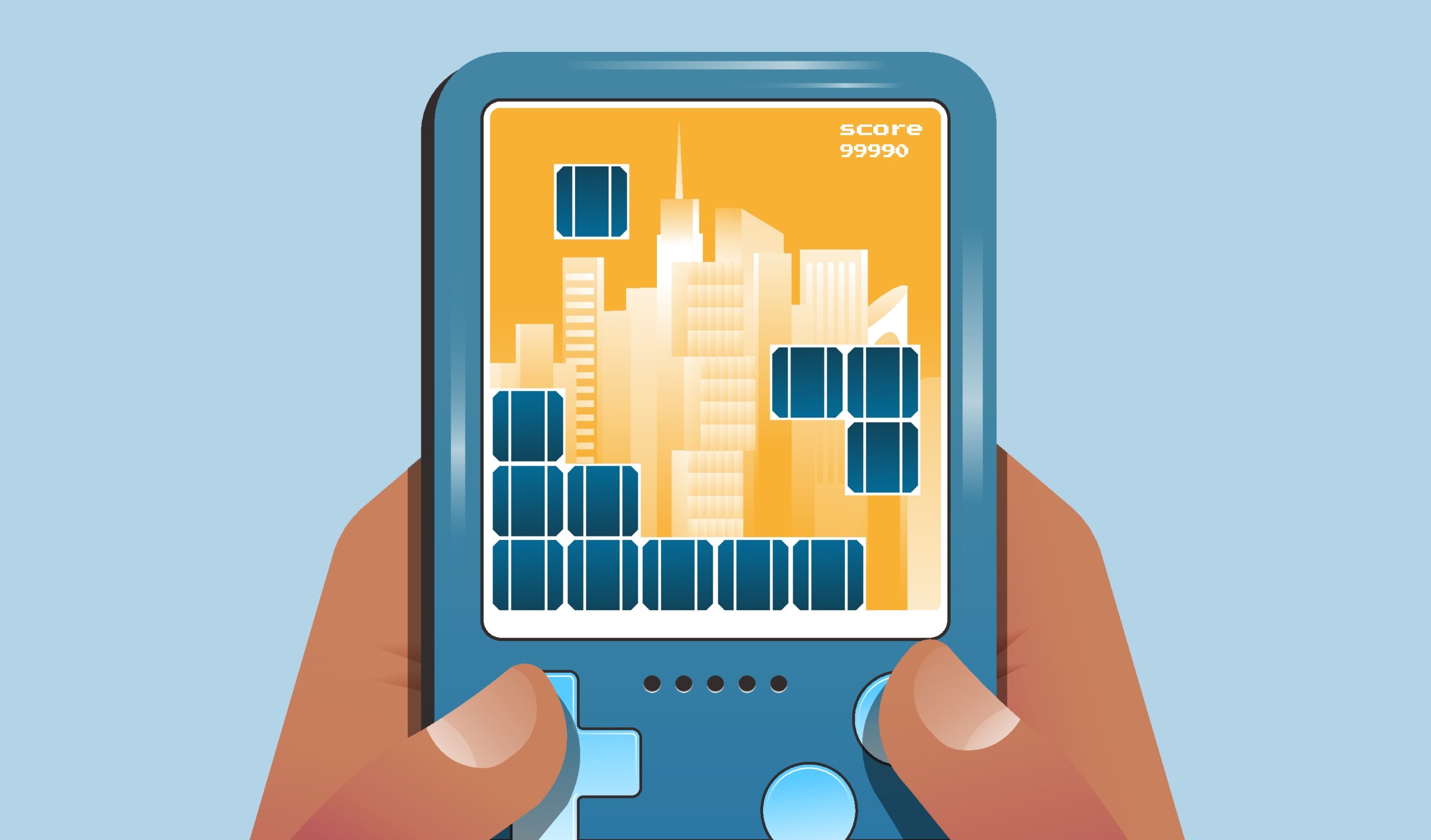Demand response (DR) has proven a tried and true conservation tactic to mitigate energy usage during peak demand hours for decades. Historically, those peak demand hours were relatively predictable, with increases in demand paralleling commuter and weather patterns. Between the environmental effects of climate change causing increased extreme weather events and global electrification efforts, meeting demand has become more complicated.
Fortunately, that same adoption of distributed energy resources (DERs), including calls for increased national electric vehicle (EV) production, means more opportunities for utilities to benefit from demand response. With increased public access to smart home technologies, device control platforms like distributed energy resource management systems (DERMS) provide utilities with the tools necessary to launch (and later scale) their demand response strategies. So how should you get started?
The Value of Demand Response
The International Energy Agency (IEA) reported that the U.S. registered 29 GW of peak demand savings potential from demand response programs in 2021. Beyond the potential for savings, demand flexibility strategies like demand response are critical in mitigating power outages. The Department of Energy warned that two-thirds of the U.S. is in danger of losing power over the summer as a result of rising temperature extremes and a volatile energy market. Demand response has proven an effective means of providing the continuity of service required to meet customer needs, which is likely why the DR market is booming.
Developing any demand flexibility program entails various challenges, from determining the scope and scale of your pilot to selecting the right OEM device partners for your community. These obstacles are compounded by the regulatory and bureaucratic logistics that require both community and stakeholder buy-in to approve for deployment. Fortunately, its bears refrain that demand response is a tested and effective means of replacing high energy costs through conservation and an enhancement to grid resiliency.
Getting Started
Between satisfying customer and stakeholder needs and balancing regulatory and budgetary constraints, piloting a program is easier said than done. From concept to pilot, below are the most crucial elements to consider before deploying your demand response program.
Know Your Audience
Understanding the wants and needs of your audience is an ideal way of establishing the core requirements of your program. This includes knowing the service area, which includes the physical landscape and meteorological history; in taking a basic survey of the area you can assess the potential of distributed energy resources like solar or battery storage as potential renewable energy assets. You might ask the following questions:
- What do your customers want and need?
- What do they care about?
- What smart devices are most common in your service area?
- For customers potentially interested, how big are their homes?
- What’s the average cloud coverage in your service territory?
The answers to these questions will inform the parameters of your demand response program, while also illustrating the type of work necessary to meet your load reduction needs. For example, knowing the types of devices that are the most common can inform which OEM partnerships you may need to work with. Likewise, understanding historical weather patterns can help you understand the potential frequency of demand events (which in turn informs the scope of worker hours needed for a project), as well as the viability of battery or virtual power plant programs.
Understand Your Capabilities
What can your team manage? That’s the core question at play here, which in turn can inform the scope of your demand response program. What are your budgetary restraints? Does your budget consider API costs? For that matter, do you know the type of API you want to work with? Keep in mind that your budget should include all operational costs while factoring in customer incentives. Incentives are a critical component in driving customer enrollment and participation, so ensuring that you can fund and distribute those incentives is critical.
Remember that marketing is critical, especially during the early stages of your demand response program. Do you have the resources for customer engagement? Do you have any messaging in mind? Do you have a plan for customer enrollment and participation? Once you’ve deployed your demand response program, can you automate any of these or other features? These are all critical both in understanding your internal challenges and in selecting the right software vendor.
Find The Right Partners
Distributed energy resource management systems (DERMS) come in several shapes and sizes. A purpose-built DERMS is a customized solution that requires time and money spent during development, slowing your ability to enroll or deploy your program. Vendor-led solutions cede program management to third-party vendors, limiting your opportunities to build the rapport with your customers needed to scale your program (which in turn increases savings and enhances grid resiliency). Furthermore, vendor-led solutions can lead to some unfortunate outcomes that challenge customer relationships and public perception. Finally, a flexible self-service SaaS model is developed by a third-party but managed internally. With a flexible self-service solution, utilities can avoid the high upfront costs of purpose-built DERMS, while managing their customer relationships and data.
Check In On What Other Utilities Are Doing
Outside of a few states that work with energy retailers, U.S. residential electric utilities are natural monopolies. As such, the idea of competitor research is alien, especially as there is limited research to indicate the correlation between these efforts and how they might benefit electric utilities. Still, competitor research is essential in establishing industry norms as they relate to demand response, including determining what success looks like. Take a look around at the value that demand response programs have produced for other utilities while probing for potential pain points that you can prepare for in advance.
Establish How To Measure Your Success
As mentioned above, identifying what constitutes success is critical to your developing your demand response program. First, determine what your objectives are. How much load do you need to shift during peak events? For thermostat BYOD programs, do you know how many degrees to change to shift usage? Are you prepared for any potential snap-back? You can accomplish this by setting realistic goals aimed at measurable energy savings and working backward to determine how many customers would need to be enrolled AND commit to participation to see value from your program.
Things To Know Before Launching Your Demand Response Program Conclusion
While demand response has a long history, its ongoing success continues to surprise. With the right steps, software partners, and preparation, capitalizing on demand response programs to better future-proof the grid has never been easier. From simplifying processes to establishing baselines for success, you can build and scale your program to meet the needs of your customers. Customers want the renewable energy programs that you can provide while lowering energy costs and enhancing grid resiliency.





